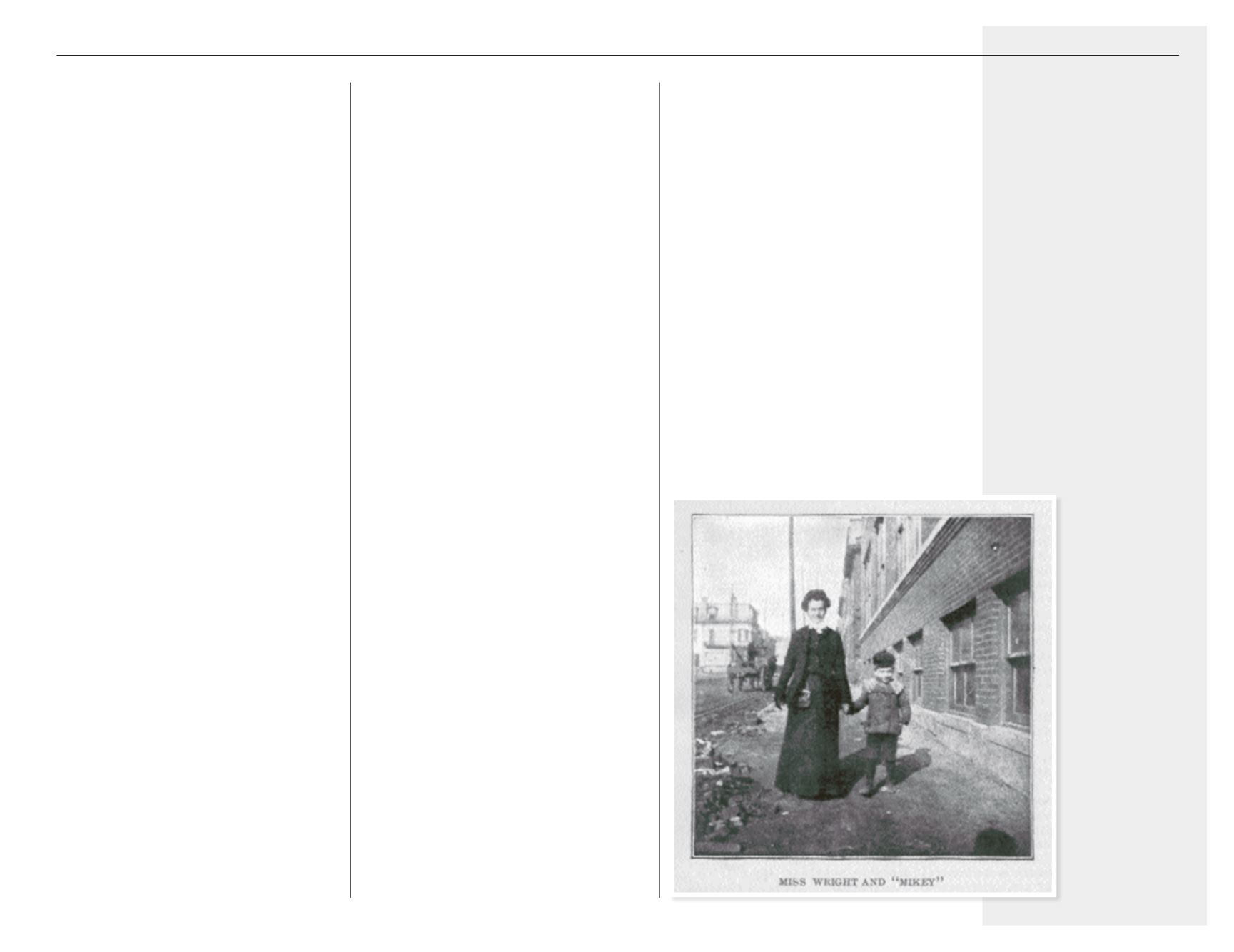

resided.
William Moffatt Sloan was born on
a farm in Marshall County, Mississippi,
on November 3, 1863. He was the son
of the Reverend James A. and Sarah
A. (Moffatt) Sloan. He attended public
schools until he was fifteen. At the
age of sixteen, he took a job as a retail
salesman in Mississippi; three years later
he moved with the same company to Ft.
Smith, Arkansas. Sloan worked with his
older brother, James Melmoth Sloan, at
a men’s clothing store in Ft. Smith. The
younger Sloan came to St. Louis in 1885
and took a job with the Hamilton-Brown
Shoe Company as a “house salesman,”
a position he held for two years. James
came to St. Louis in 1886, and became
the traveling salesman assigned to
the state of Arkansas. Beginning in
1887, William was responsible for
Louisiana. On Valentine’s Day, 1894
William and Miss Caro Wise married
in Shreveport, Louisiana. Five years
later, Sloan quit traveling in order to
direct the construction of, and later
manage, Hamilton-Brown’s Sunlight
Factory, which he did until 1911. The
factory eventually employed over one
thousand people before going bankrupt
in the 1920s. James remained loyal to
the Presbyterian church of his father,
but William joined the congregation
at Lafayette Park Methodist Church.
Here he began his association with city
mission work.
Little is known of the Reverend
Aaron A. Lichtenstein prior to 1900,
save that he had been converted from
Judaism to Christianity and was a
practicing Baptist minister. Pastor
Lichtenstein and his family sponsored
a non-denominational institution called
the “Open Door Mission” at 7th and
Gratiot streets in St. Louis. Homeless
men were housed in rooms above the
mission. And it was here that William
Sloan began his work in city missions.
The
Third Annual Report of the
Women’s Board of City Missions of the
Methodist Episcopal Church, South,
St. Louis Conference, 1904.
“History of
Sloan Mission” gives an account of how
the Mission began:
It is a little difficult to tell just when our
work had its beginning…the idea of some
sort of work to meet the demands of this
thickly settled [area] kept asserting itself.
First one individual or set of individuals
and then another made efforts to maintain
some times [sic] an all round Mission—as
the word then went—and sometimes only a
Mission Sunday School.
It was to a Baptist minister, Rev. Aaron
Lichtenstein, who was conducting the Open
Door Mission at 7th and Gratiot, where he
had quarters for homeless men. Lafayette
Park Church of our denomination was
drawn to this work. The church took up
the work and through them the attention
of Mr. W.M. Sloan, one of their members
was engaged. Sloan began his Sunday
School classes in 1900. No doubt its
proximity to the great factory of which he
is Superintendent gave it added importance
to his mind, already deeply interested in the
welfare of his employees. It was not long till
the Sunday-school showed its appreciation
of its new Superintendent by a request that
the Mission should bear his name. In 1902,
the work was transferred to 912 South 9th
Street, and was called Brother Sloan’s
Sunday School.
The quarterly conference of the Lafayette
Park church indorsed the request, and so the
name of one of the cities [sic] ‘Captains of
industry’ swings from one of the dingiest of
its buildings.
In 1902 the Woman’s Home Mission
Society of the St. Louis Conference at their
[sic] annual meeting held in Cook Avenue
church decided to organize a City Mission
Board.
Mr. Sloan was present and made an
earnest talk on the work of Sloan Mission
Sunday-school, and asked the Woman’s
Home Mission Society to organize a
Settlement work in connection with the
school. By a full vote of the conference it
was decided to accept Mr. Sloan’s invitation
to organize our Mission work in connection
with the school. Mrs. F.A. Norwood was
secured by the City Mission Board as City
C
hapter
O
ne
:
B
eginnings
(1902-1927)
5
“I
t
is
a
little
difficult
to
tell
just when
our work had
its
beginning
…
the
idea
of
some
sort of work
to meet
the
demands
of
this
thickly
settled
[
area
]
kept
asserting
itself
.”
– M
attie
W
right
P
hoto
:
B:
MattieWright and
“Mikey”
B















